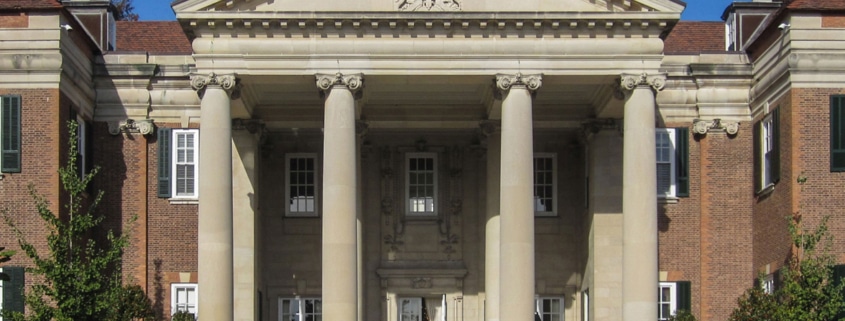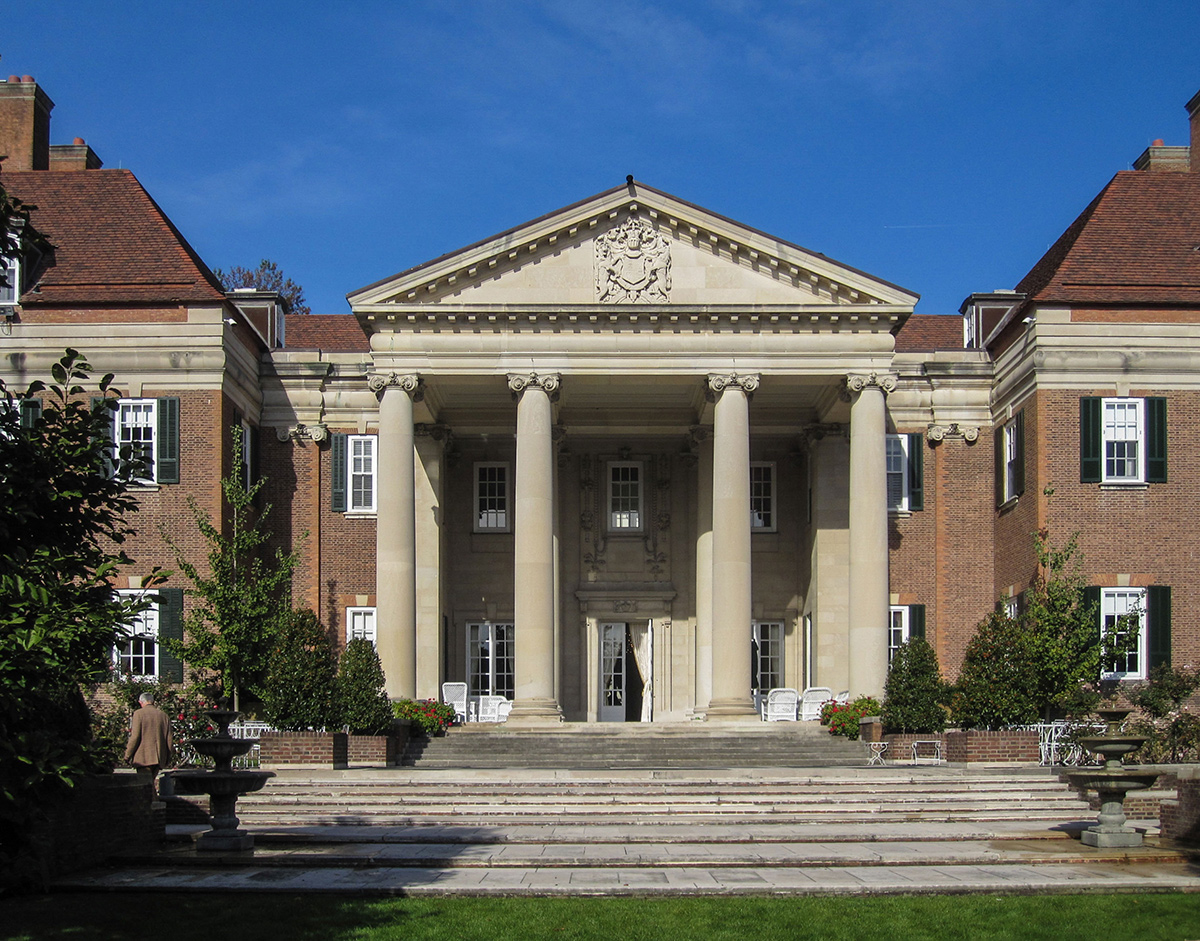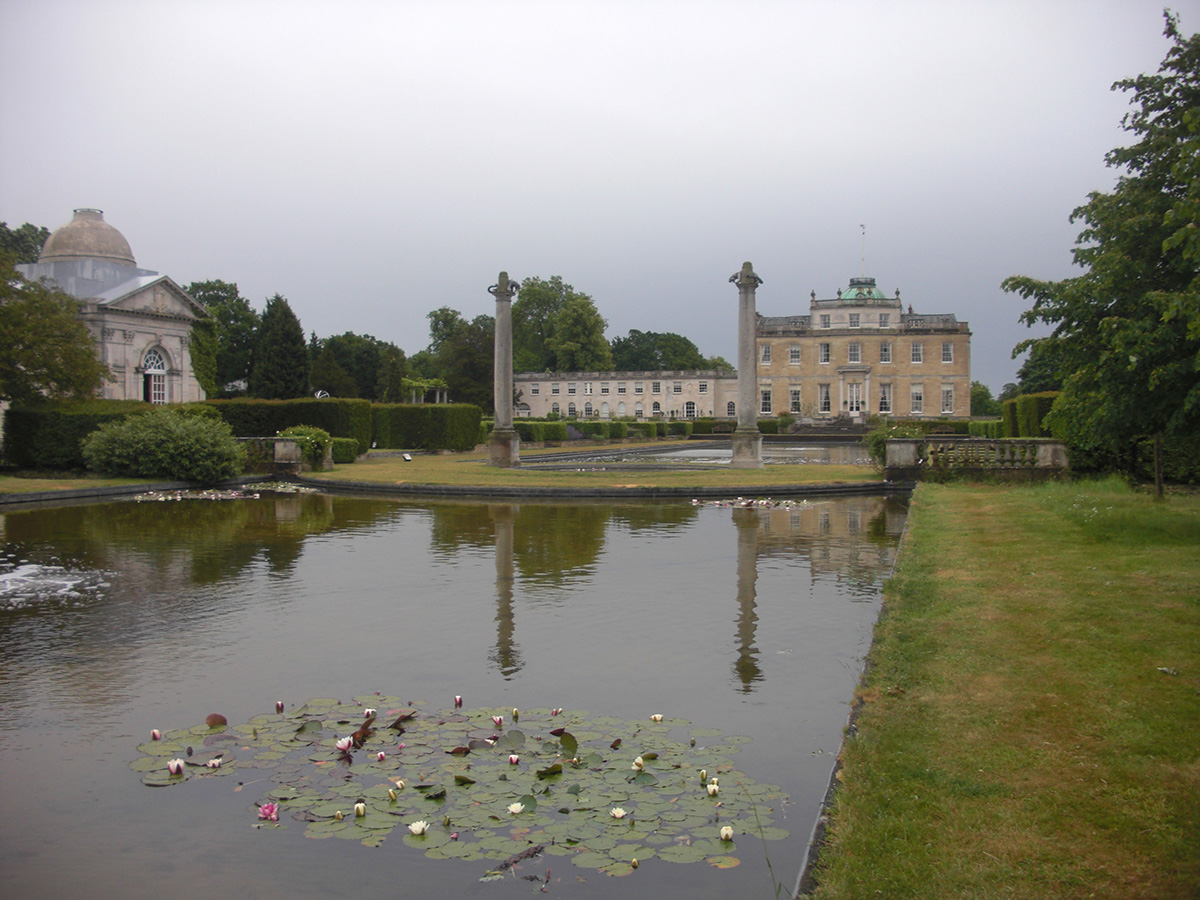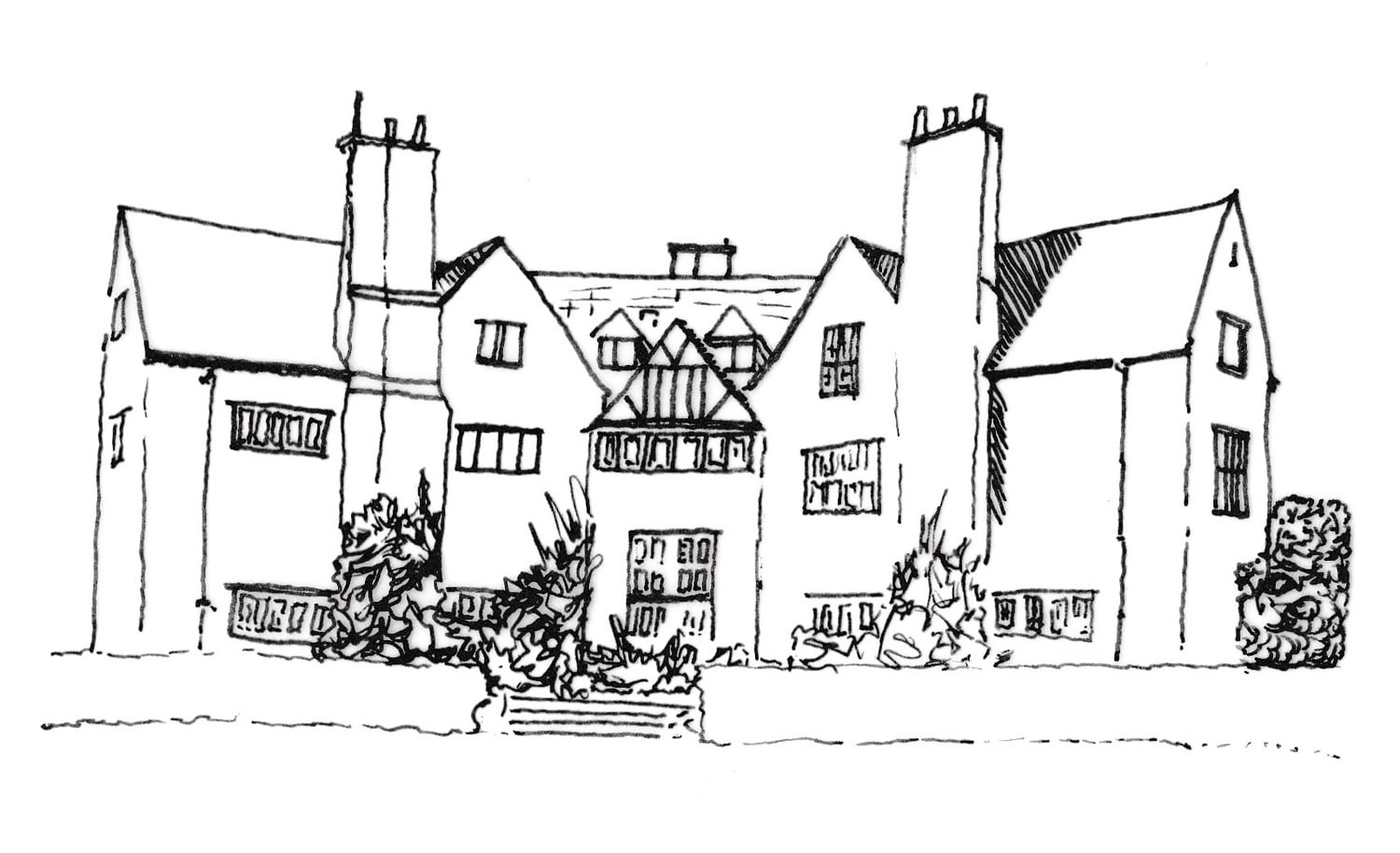 Chris Knowles
Chris KnowlesDescription
The style adopted for this public building attempts, with some success, to combine Williamsburg with Wren. Lutyens, fulfilling the requirements of the two different functions of diplomatic life, divided the embassy into the chancery office building and the ambassador’s residence, and linked the two at first floor level by the ambassador’s study built as a bridge. On the garden façade of the residence there is a great portico with a double colonnade. Lutyens designed a series of elegant rooms enfilade along the east-wing axis. (Amery et al, 1981, Cat no.183)Bibliography
Amery, C., Richardson, M. and Stamp, G., (1981) Lutyens, the Work of the English Architect Sir Edwin Lutyens (1869-1944): Hayward Gallery London, 18 November 1981 – 31 January 1982. London: Arts Council of Great Britain.Also Cited In
Butler, A., 1950. The architecture of Sir Edwin Lutyens: the Lutyens memorial series. Vol II: Gardens: Lay-Outs and Town-Planning: Brdiges: Imperial Delhi: Johannesburg Art Gallery: The Washington Embassy: University Buildings, Country Life: London and Scibners: New York.HUSSEY, C., 1927. THE NEW EMBASSY at WASHINGTON: SIR EDWIN LUTYENS’ DESIGNS. Country Life (Archive : 1901 – 2005), 62(1614), pp. 943-946.
Listing Grade
US National Register of Historic PlacesListing Reference
74002166Client



